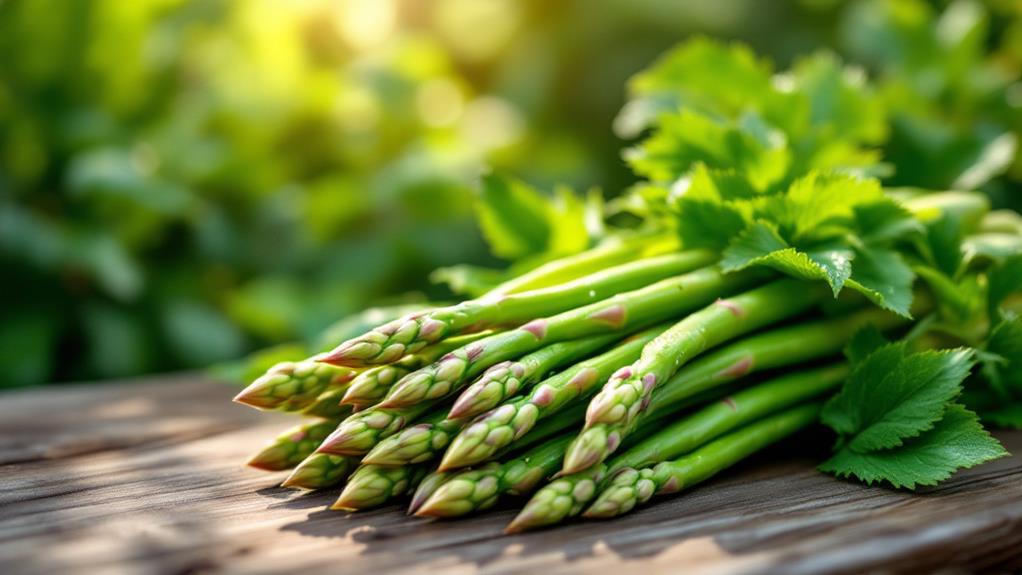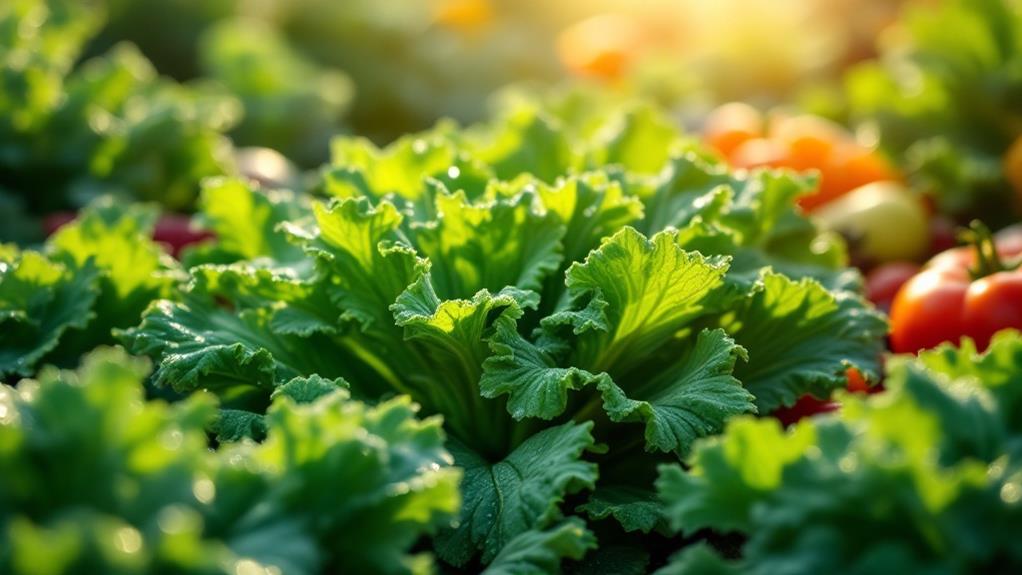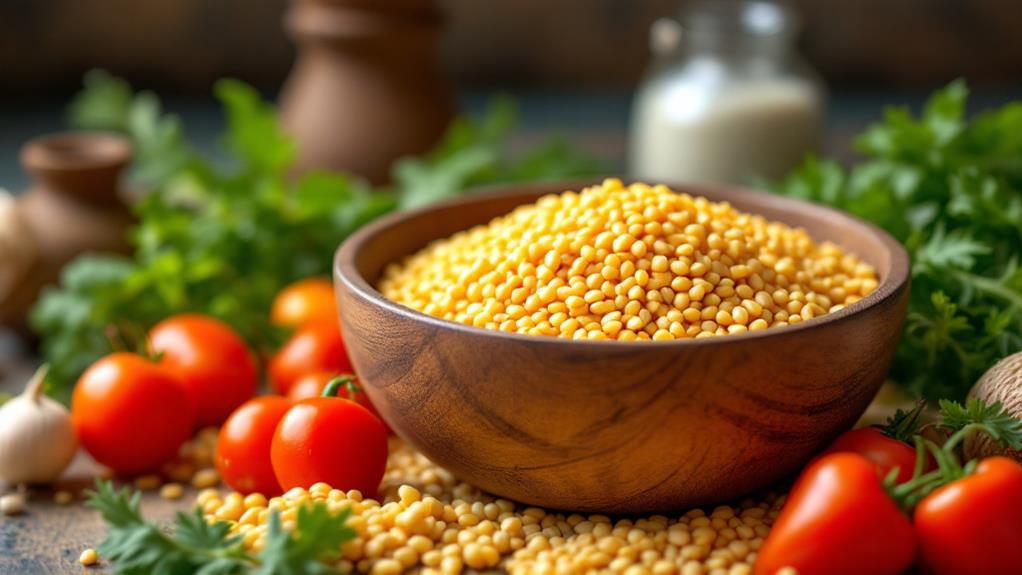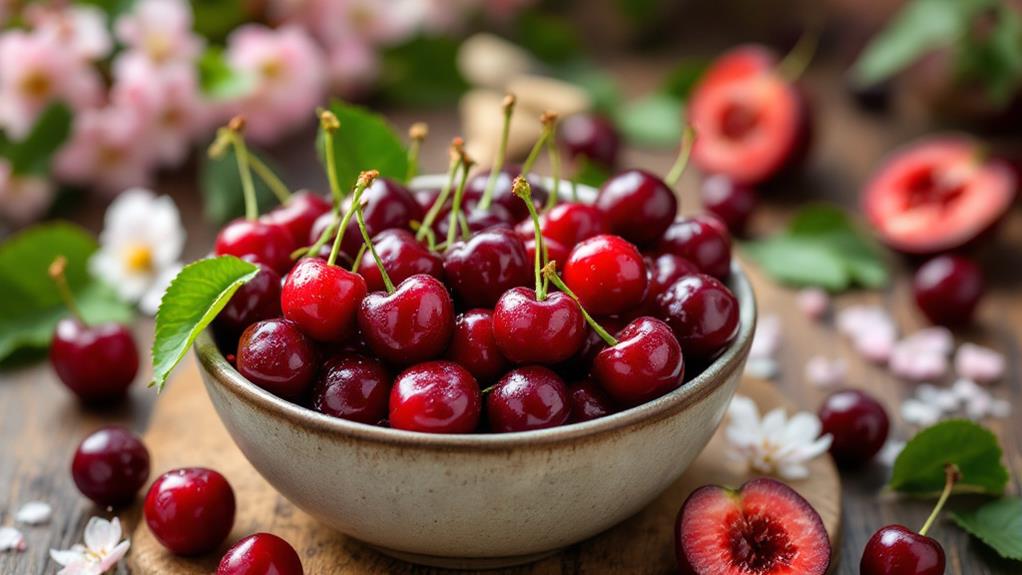A Comprehensive Guide to Growing Watercress: Health Benefits and Tips
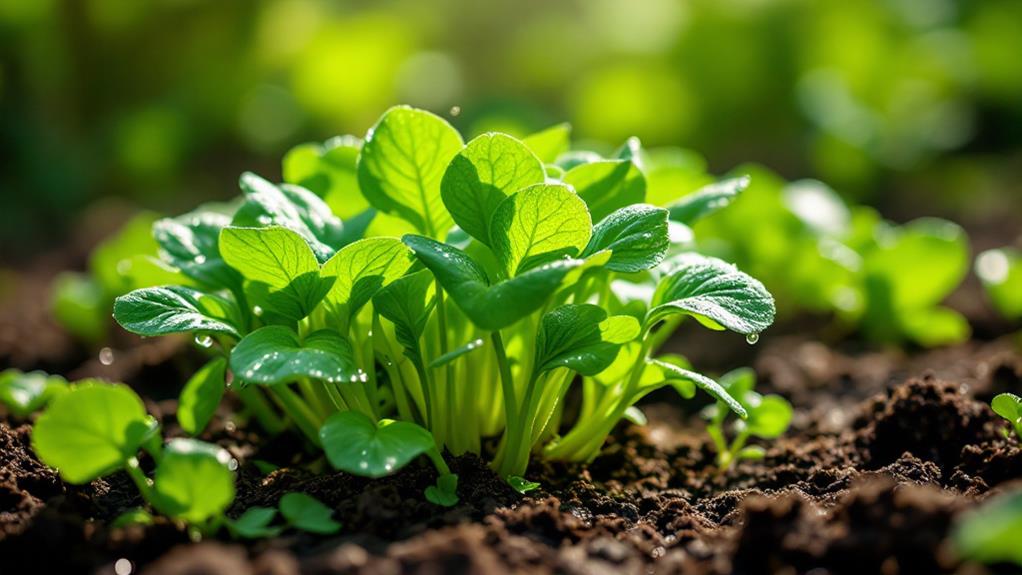
Grow your own watercress and improve your health with this flavorful and nutrient-rich plant. It's packed with vitamins A, C, and K, and offers crucial minerals like calcium, promoting robust bone health. Plus, its high levels of antioxidants and phytonutrients elevate overall well-being while being low in calories. Watercress is simple to incorporate into meals; toss it in salads, blend it into smoothies, or sauté it as a side dish. For flourishing growth, guarantee moist, rich soil and plenty of sunlight. Want to master growing this healthful plant and utilize it beyond a peppery bite? There's more to investigate.
Understanding Watercress
In the context of understanding watercress, it's key to recognize that this perennial aquatic plant belongs to the Brassicaceae family, which includes familiar relatives like mustard and radish. You might be surprised to learn that watercress has a distinctive peppery flavor, making it a favorite among chefs and home cooks alike. But it's not just about taste; this plant is a powerhouse of health benefits.
Watercress is a nutrient-dense food, offering a rich supply of crucial vitamins, especially A, C, and K. These vitamins play critical roles in maintaining good health, supporting everything from vision and immunity to bone health. With just 11 calories per 100 grams, watercress provides these nutrients while being incredibly low in calories, making it an excellent enhancement to your diet if you're watching your weight.
Historically, watercress is renowned for its medicinal properties. It has been used since the time of Hippocrates, who celebrated its ability to promote health. Growing watercress at home is straightforward. This plant thrives in moist, nutrient-rich soil or shallow water, requiring consistent moisture and sunlight. Accept the benefits of this remarkable plant by incorporating it into your garden and kitchen.
Nutritional Benefits
Watercress isn't just a culinary delight; it's a nutritional powerhouse. When you add watercress to your diet, you're embracing a food that's incredibly low in calories, with just about 11 calories per 100 grams. It's packed with fundamental nutrients that contribute to your general well-being. Here's a closer look at the nutritional benefits:
- Vitamins: One serving of watercress offers impressive amounts of vitamins. You'll get 106% of your daily vitamin K needs, 24% of vitamin C, and 22% of vitamin A. These vitamins are vital for maintaining your body's health and energy.
- Minerals: Watercress supplies significant minerals like calcium and magnesium. These minerals are essential for bone health and help with different metabolic functions.
- Antioxidants and Phytonutrients: Rich in antioxidants and phytonutrients, including flavonoids, watercress helps combat oxidative stress. This can reduce the risk of chronic diseases and support your body's natural defenses.
- Digestive Health: Thanks to its high dietary fiber content, watercress supports digestive health. It contributes to feelings of fullness, aiding in weight management and promoting general wellness.
Health Advantages
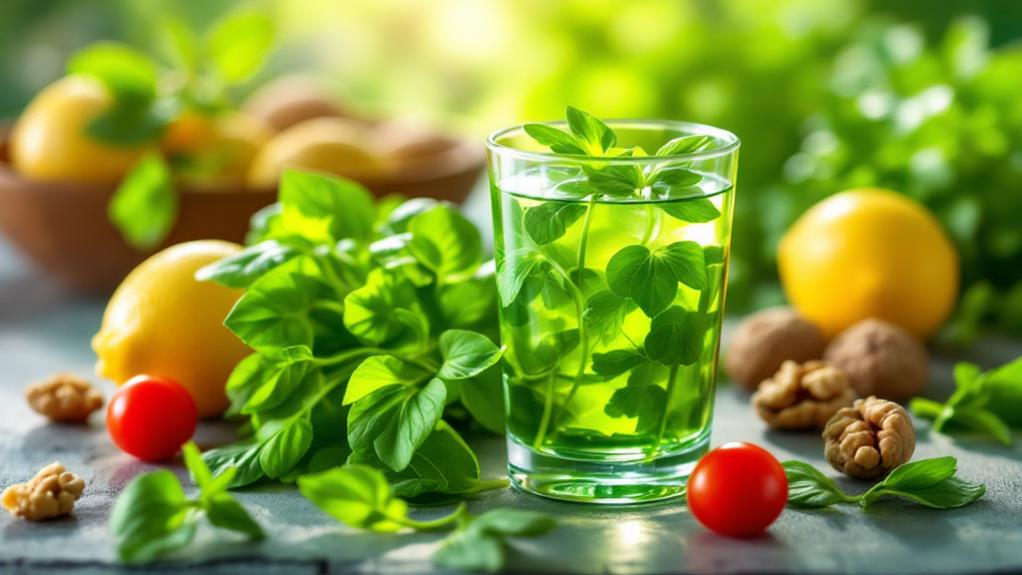
Embracing watercress as part of your diet offers impressive health advantages thanks to its rich nutrient profile. Packed with vitamin K, watercress provides a whopping 106% of your daily recommended intake per cup, which is crucial for bone health and effective blood clotting. This leafy green doesn't just stop there; it's also a powerhouse of antioxidants, boasting over 40 unique flavonoids that combat oxidative stress. These antioxidants may help reduce the risk of chronic diseases, including cancer and heart disease, by protecting your cells from damage.
In terms of cardiovascular health, watercress is a star player. Its dietary nitrates have been shown to improve heart health by potentially lowering blood pressure and cholesterol levels. Furthermore, watercress supports your immune system with a solid dose of vitamin C, providing 24% of the daily value in one cup. This enhances white blood cell production, fortifying your body's defenses against illness.
In addition, watercress is low-calorie, with only 4 calories per cup, making it perfect for weight management. You can enjoy its health benefits and feel full without consuming excessive calories, helping you achieve a balanced diet while promoting satiety.
Culinary Applications
A versatile ingredient in the kitchen, watercress brings a distinct peppery flavor that can improve a variety of dishes. With its unique taste and health benefits, you'll find countless culinary applications for this lively green. Watercress is perfect for adding a rejuvenating kick to your salads, especially when paired with cherry tomatoes and cucumbers. Not only does it taste great, but it also amplifies your dishes with vitamins A, C, and K.
Consider these four ways to incorporate watercress into your meals:
- Salads: Mix it with other greens to create a flavorful, nutrient-packed salad.
- Smoothies: Blend it into your morning smoothie for a vitamin-rich start to your day.
- Sautéed: Lightly sauté watercress with garlic and olive oil for a quick, healthy side dish.
- Garnish: Add a pop of color and peppery flavor to soups or main dishes.
Watercress also pairs beautifully with citrus flavors, making it a great enhancement to dressings and sauces for seafood or poultry. If you're seeking a nutritious garnish or a main ingredient for healthy dishes, watercress is a versatile choice that raises your culinary creations.
Cultivation Techniques
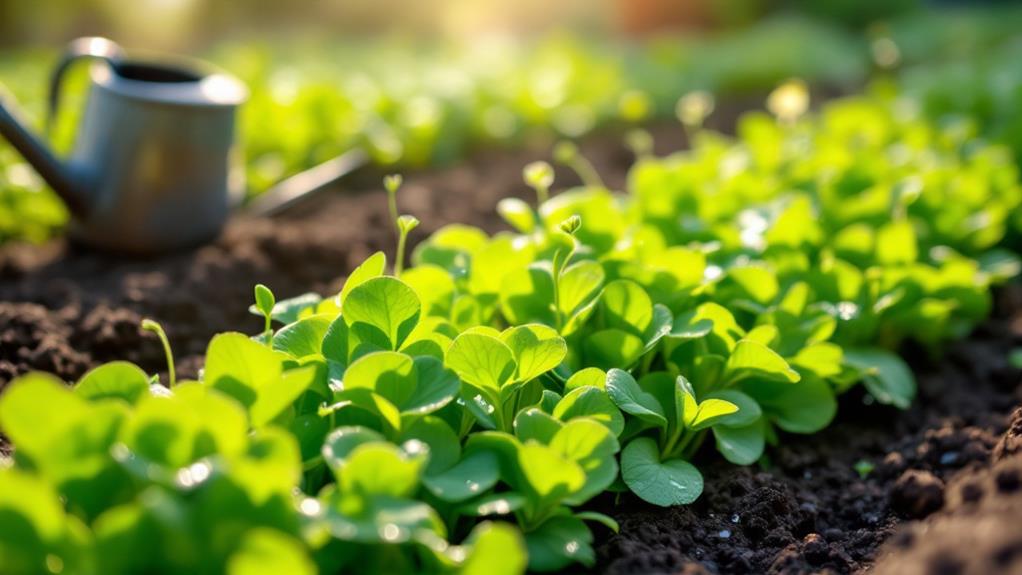
To enjoy the peppery bite of watercress in your dishes, understanding how to cultivate it effectively is crucial. Start by choosing a location with nutrient-rich, constantly moist soil. You can also grow watercress hydroponically, which helps maintain the necessary moisture levels. Make sure your watercress gets plenty of sunlight, as this is vital for ideal growth. When planting, space the plants about 8 inches apart to allow for good airflow and healthy growth, which helps prevent disease.
Watercress thrives in cool temperatures, making late spring or early fall the ideal time for planting in most climates. For propagation, you can use seeds or stem cuttings. Cuttings taken from healthy, mature plants establish quicker, giving you a head start on your cultivation. Once your watercress begins to grow, regular harvesting is significant. Cut the stems just above the waterline to encourage new growth, allowing for continuous production throughout the growing season.

